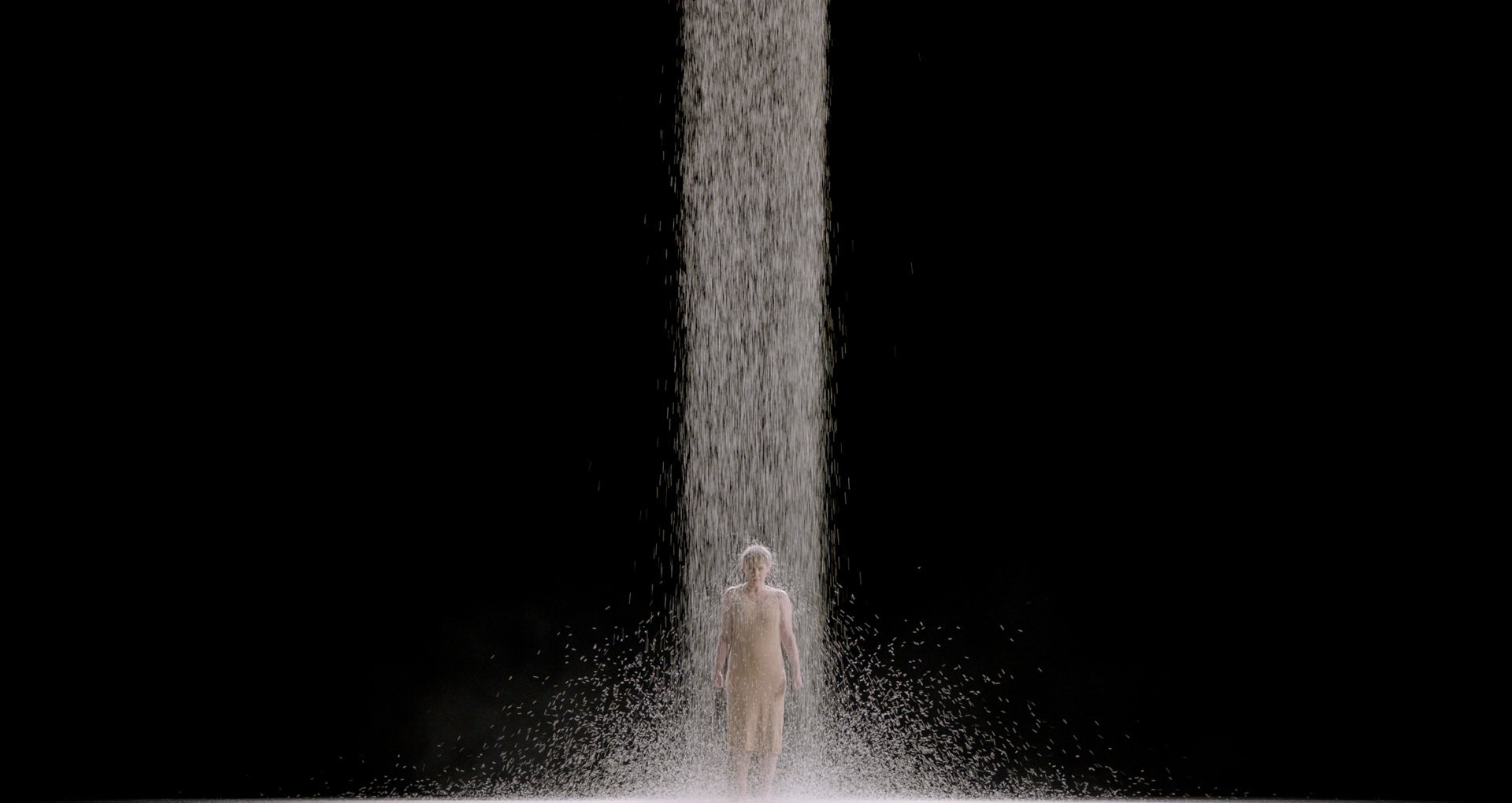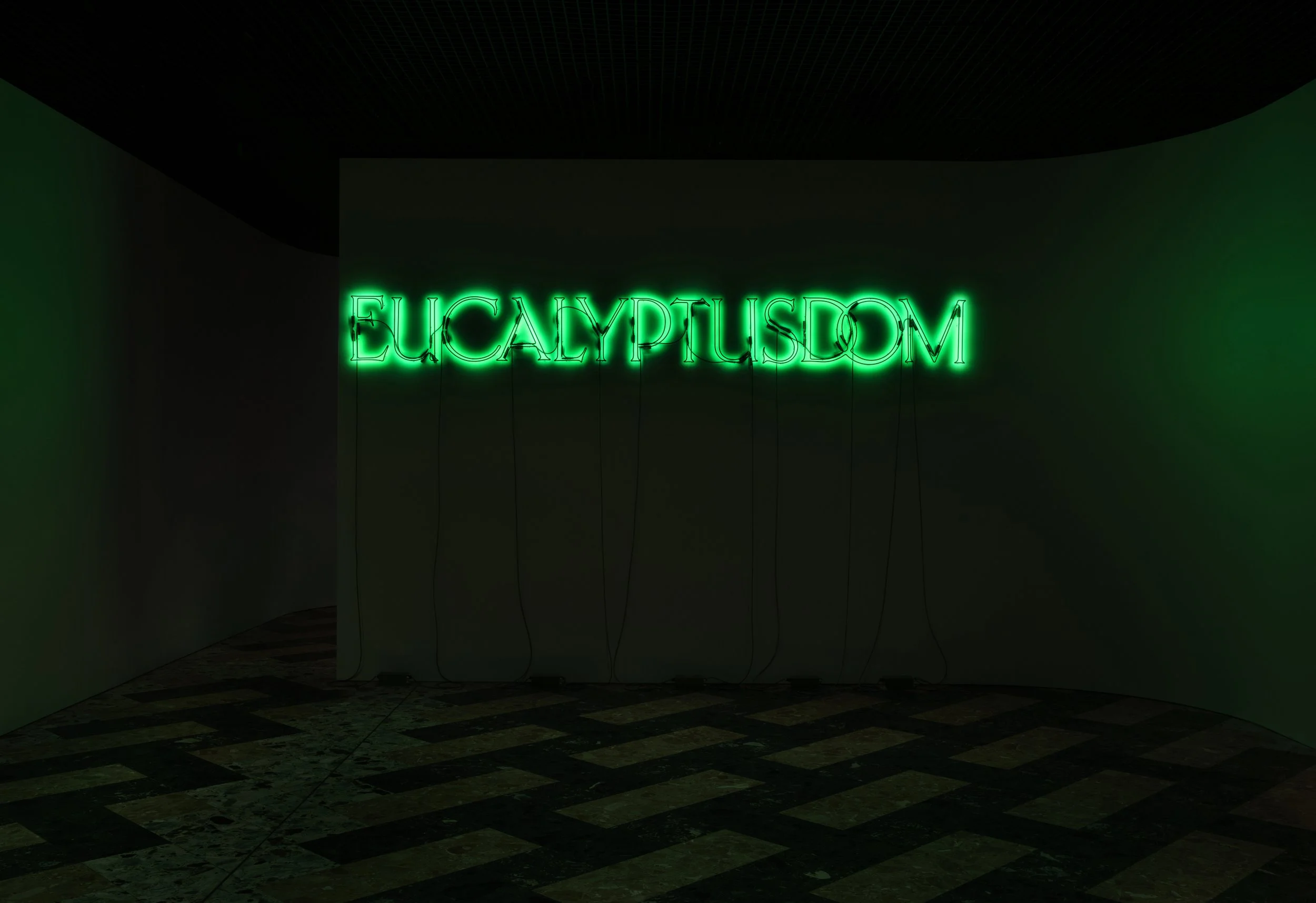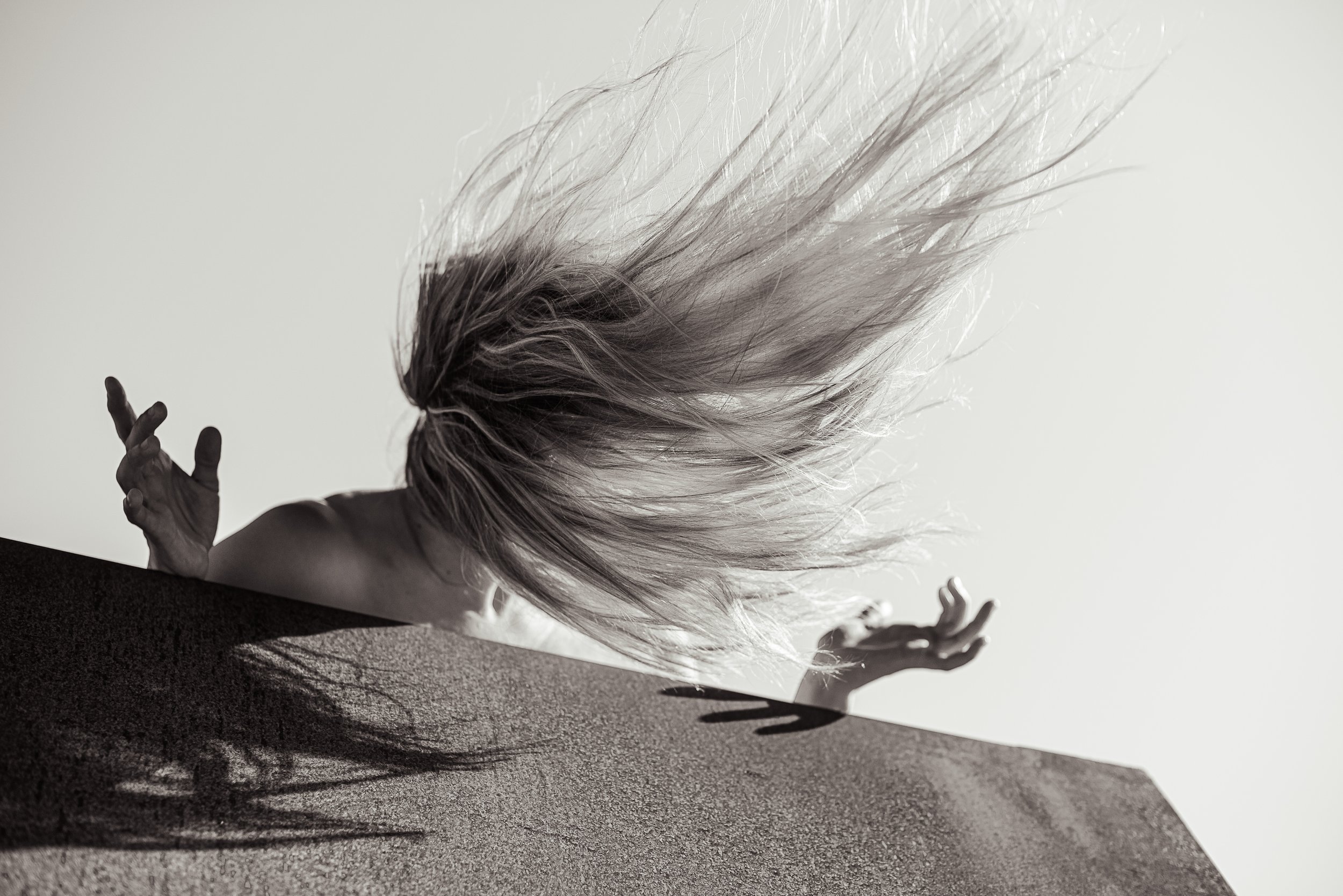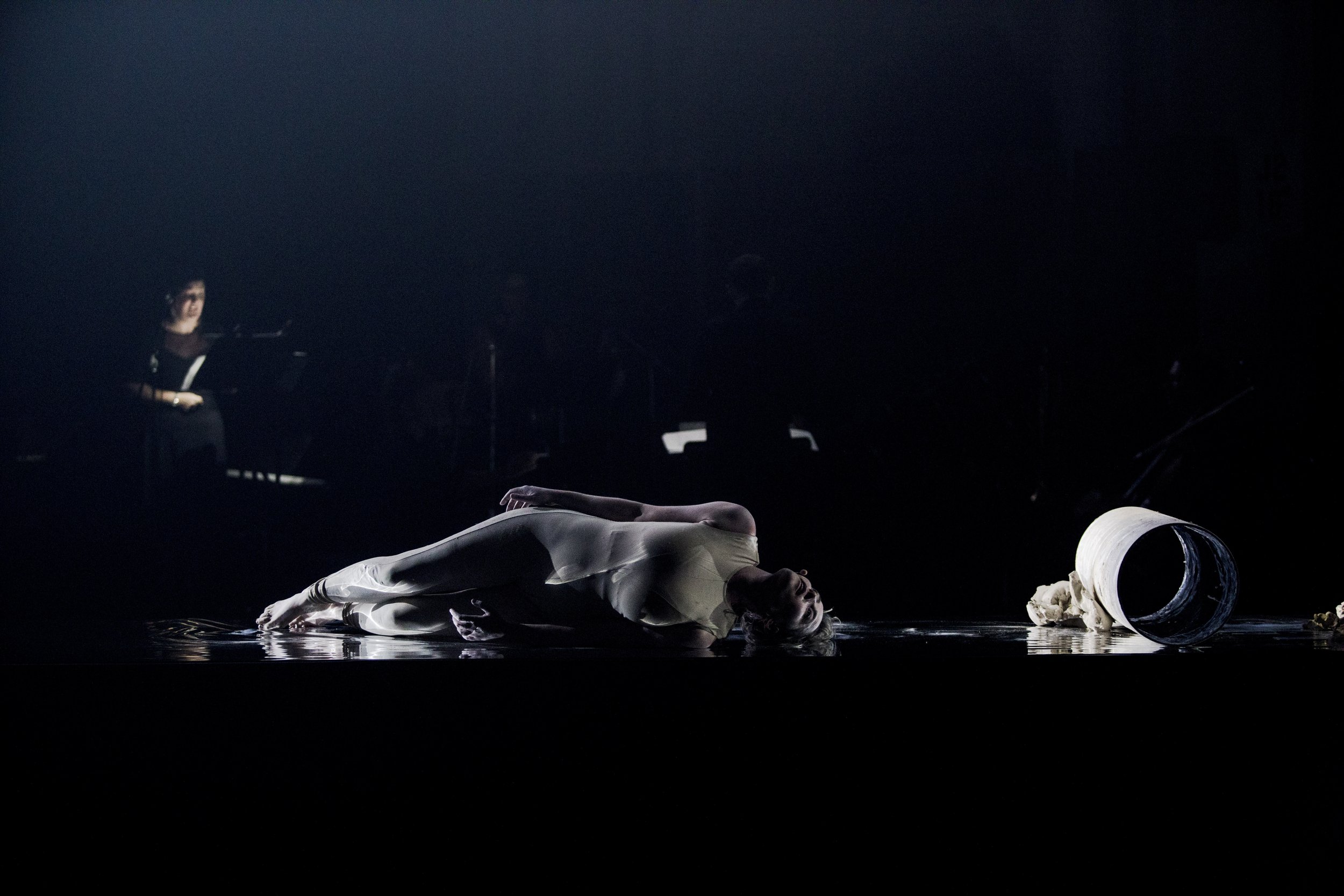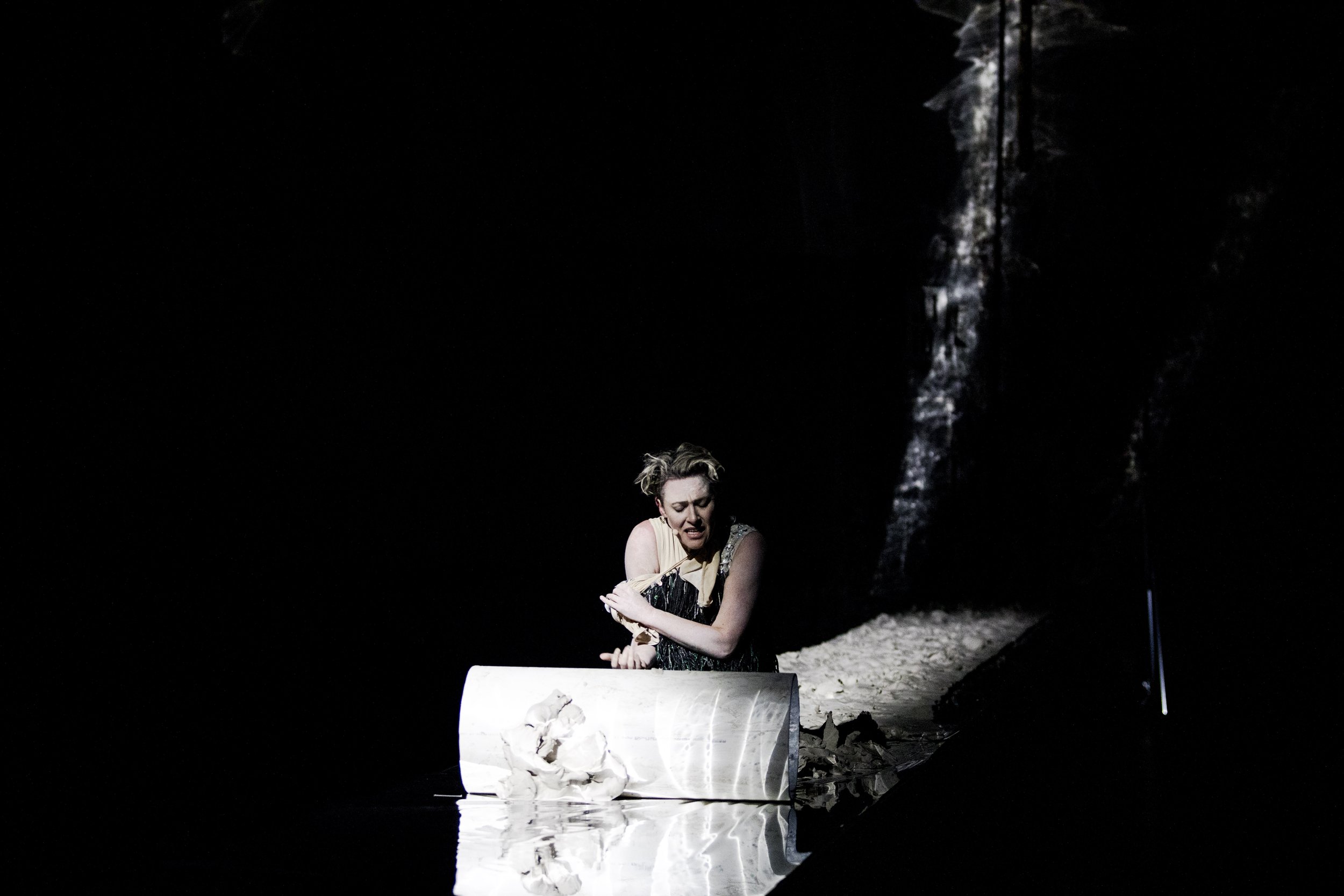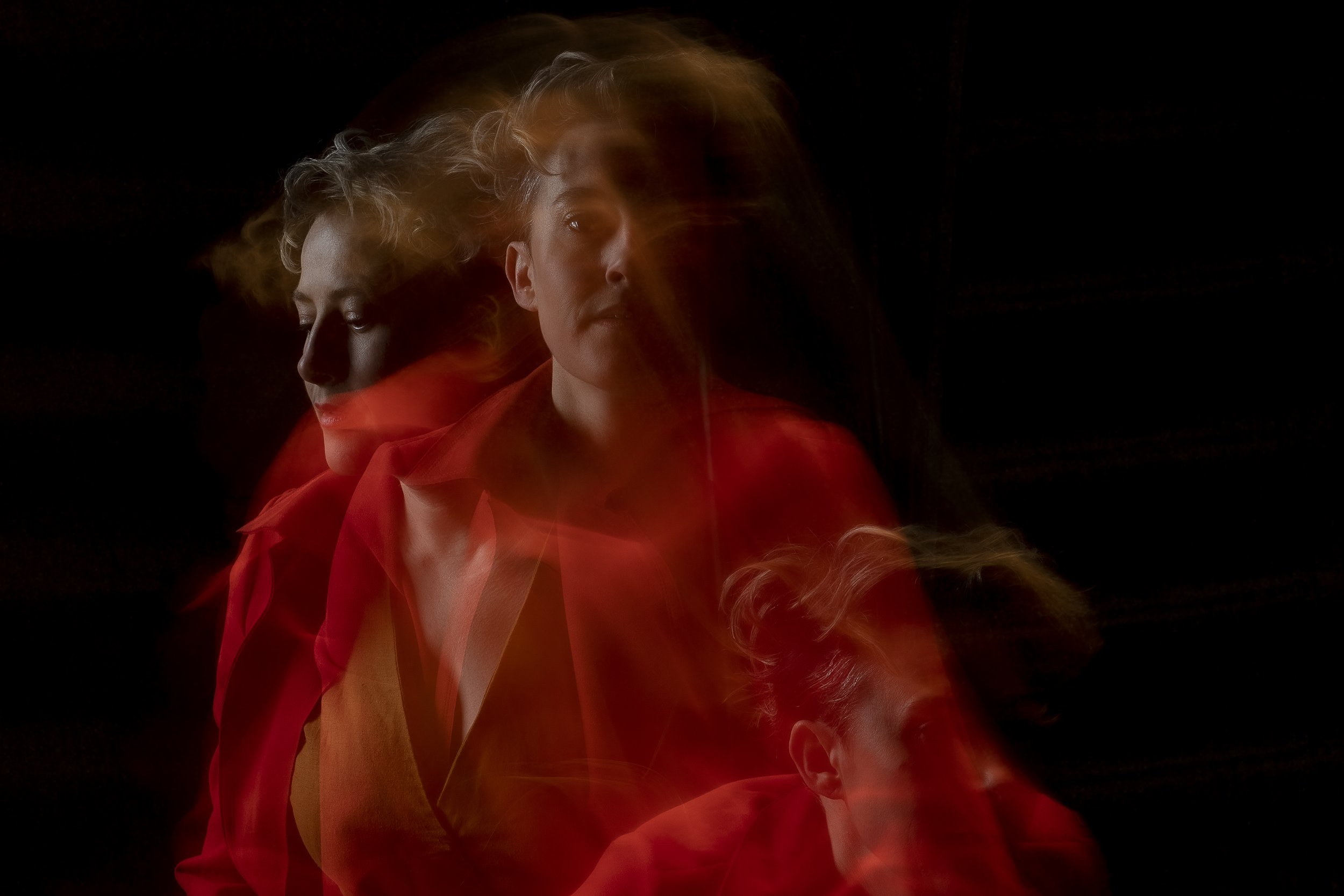PRESS
‘A searing performance.’ - Bachtrack, September 2024 (Sydney Chamber Opera & Opera Australia, Gilgamesh)
‘Sheldon is divine as Ishtar, the vengeful goddess of love, seamlessly blending the deity’s power and unpredictability.’ - The Conversation, September 2024 (Sydney Chamber Opera & Opera Australia, Gilgamesh)
’As Ishtar, Sheldon transitions from passages that recall the ethereal vocalise of Weinberg’s Kaddish Symphony to the screaming of Yoko Ono’s Voice Piece for Soprano. It’s thrilling stuff.’ - Limelight, September 2024 (Sydney Chamber Opera & Opera Australia, Gilgamesh)
‘Sheldon’s angered goddess of love, Ishtar, brings a powerhouse trajectory of seething physicality and kaleidoscopic vocal prowess.’ - Sydney Art Guide, September 2024 (Sydney Chamber Opera & Opera Australia, Gilgamesh)
‘Expressive and gripping’ - Financial Times, May 2024 (I am a tree, I am a mouth Live at MATA Festival, New York)
‘Exhilarating’ - Cut Common Mag, August 2023 (James Morley and Friends, Sydney Opera House)
“Jane Sheldon’s I find you in all things is stunning. The entire album is a fascinating setting of Rilke’s poetry that flows beautifully from track to track. It is a masterclass is maintaining an audience’s attention through subtle transitions, layering and an intentional slowness which asks the ever-busy listener to actually stop, reflect and listen. Great art is arresting after all.” - Limelight Magazine
‘The singers were flawless. Jane Sheldon – much loved for the purity of her soprano, which works to perfection in baroque opera – sang the daughter… Finsterer’s music is superb. Challenging and lulling in turns, it reflects the composer’s parallel interests in music from the Middle Ages and the Renaissance, and in 20th-century serialism and 21st-century electronic techniques. One moment it is dissonantly challenging, the next it is reminiscent of meditative liturgical music from a millennium ago. The singers handle the stylistic shifts consummately, delivering the ornamentation of early choral styles especially beautifully.’ - The Monthly, January 2023 (Sydney Chamber Opera & Asko|Schonberg for Sydney Festival, Antarctica)
‘Ambitious and exquisite: Antarctica is contemporary opera at its best… Jane Sheldon’s unmistakeable, light-filled tone gives the Daughter an otherworldly clarity.’ - Sydney Morning Herald, January 2023 (Sydney Chamber Opera & Asko|Schonberg for Sydney Festival, Antarctica)
‘Mary Finsterer's heart-stoppingly beautiful new opera is endlessly absorbing, sonically and visually. The marvellous singers offer even more riches. Sheldon’s high soprano gives ethereal voice to The Daughter, nowhere more affectingly than in a shimmering ode to the Milky Way… All are superb… 4.5 stars.” - Limelight Magazine, January 2023 (Sydney Chamber Opera & Asko|Schonberg for Sydney Festival, Antarctica)
‘Remarkable soft radiance…’ - Sydney Morning Herald, June 2021 (Sydney Chamber Opera, In Song)
‘A work that resonates powerfully with the climate crisis… It’s an assured, gripping performance that speaks to Sheldon’s mastery of atmosphere and her vocal precision… A taut, affecting work, poem for a dried up river seems to teeter between despair and hope, Sheldon conjuring an ambiguous world where the only certainty is the intensity, and necessity, of the struggle.’ 4.5 stars - Limelight Magazine, January 2021 (Sydney Chamber Opera for Sydney Festival, poem for a dried up river)
‘A riveting study in breath.’ – New York Times, September 2019 (Resonant Bodies Festival, New York, USA, poem for a dried up river)
‘Singing with crystalline accuracy, impressive agility and full-voiced power…’ - The Australian, January 2019 (Sydney Chamber Opera for Sydney Festival, Kaija Saariaho’s La Passion de Simone)
‘Sheldon delivered the solo vocal line with a fluid sound of glowing pristine beauty and transcendent iridescence.’ 4.5 stars - Sydney Morning Herald, January 2019 (Sydney Chamber Opera for Sydney Festival, Kaija Saariaho’s La Passion de Simone)












